17/09/2021 Damien Hirst’s NFT Project Is a Lot Like Mine. But the Differences Speak Volumes About Our Divergent Visions for Crypto-Art
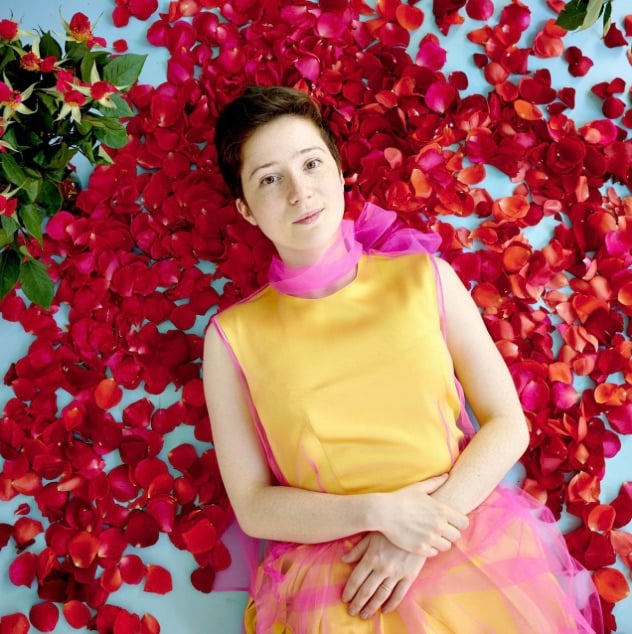
Imagine an ambitious series of pieces using NFTs to explore the idea of artist-as-currency. Each NFT is backed by a physical artwork. While the total number of works stretches into the dozens and dozens, each one remains a materially limited performance of labor—a unique visual artifact created by a flesh-and-blood human. The completed works are stored in a vault, further highlighting their value, and the artist has designed the series so that any token buyer can redeem their intangible purchase for a physical work, “burning” the token.
If you’ve been following the art-market news cycle this year, you would probably guess that I’m describing Damien Hirst’s NFT project, The Currency. In that case, you would be half-right. Why only half? Because I’m also describing my own project, Bitchcoin, which I debuted back in 2015.
Don’t worry, this is not the opening salvo to some kind of grievance letter. Hirst already (in)famously said, “All my ideas are stolen” long before he started on The Currency. It’s a cavalier attitude that ideas are cheap, and it’s all about execution. He’s not necessarily wrong, either. Besides, I’m a fan of his, and isn’t imitation the highest form of flattery?
What interests me about The Currency, more than the (significant) similarities between Hirst’s new series and my old one, is this: the differences between our projects articulate two diverging views on where art, crypto, and market forces are pushing culture at large. This isn’t to say that Hirst’s choices are “wrong” and mine have been “right.” But our decisions—and the reasoning behind them—represent a direct clash of ideals that has been unfolding indirectly ever since NFTs began their rapid ascent to the moon.
His and Hers
Bitchcoin was initially conceived half-earnestly, half-satirically. The idea was to push the trends I was seeing in 2014 (people turning themselves into brands on social media, blockchain technology, and the financialization of art) to their logical extremes, then present those same amplified trends back as an artwork. It was, at first, about embodying a system (capitalism) to render it visible. For better or for worse, it came out of relational aesthetics rather than chasing wealth.
Initially, Bitchcoin was a digital currency backed by my photography at a fixed exchange rate of one Bitchcoin to 25 square inches of photographic print. As my work changes in value over time, so will the relative value of Bitchcoin.
This May, I migrated Bitchcoin from its native chain to Ethereum, backing each token with a unique pressed rose petal from my Cloud of Petals series. It was featured in the Wall Street Journal markets section, with a dedicated auction at Phillips. Bitchcoin is fully asset-backed, much like the former U.S. gold standard.
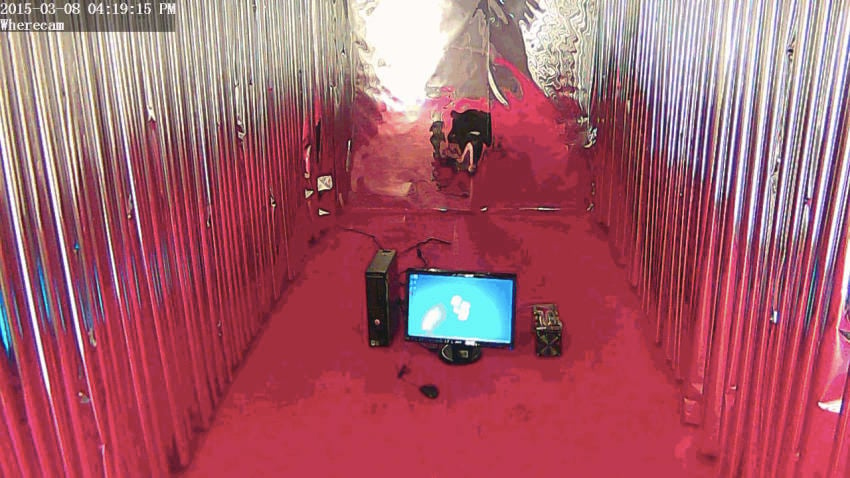
Mining Bitchcoins at Where Gallery in Brooklyn, NY on March 8th, 2015. Courtesy of the artist.
I was somewhat surprised when NFTs took off. And then, when Damien Hirst’s project came out, well, it was a little uncanny.
The Currency, a title that manspreads on the very concept of currency, has been extremely well-publicized, but for a quick summary: 10,000 NFTs correspond to 10,000 dot paintings stored in a vault. For a year, the buyer has the option to redeem the painting, at which point the corresponding NFT will be burned.
In The Currency, color, overlaps, density, texture, words, and characters have all been turned into rankings. My personal favorite: “each of the 10,000 artworks have been individually weighed upon completion, to a precision of 0.01 grams…The score for weight is the amount of grams that an artwork weighs. Each of these scores is also ranked out of 10,000.”
I imagine that his team looked at other crypto projects and saw that hierarchies seem to be a mainstay of successful drops. CryptoPunks, among the most visible and lucrative of NFT projects, have hierarchies based on the rarity of certain features. Since a CryptoPunk often becomes your avatar, the idiosyncrasy of your punk does seem important if that’s the community that you’re a part of. In trying to appeal to a crypto audience, it’s as if Hirst seems to believe that if you give them a set of metrics to compare each other to, no matter whether they are meaningful, you will create the data to engage a market. When Hirst decides on 10,000 dot pictures or rarity analytics, he is appropriating CryptoPunks.
Hirst is entering this new cultural landscape headfirst, taking all the cues from successful projects, putting them into a blender, and giving us a highly produced derivative that is hoping to solidify a place in art and crypto history. Unfortunately for Hirst, the metaphor of his currency is not crypto. His metaphor is to traditional currencies that are literally antithetical to crypto.
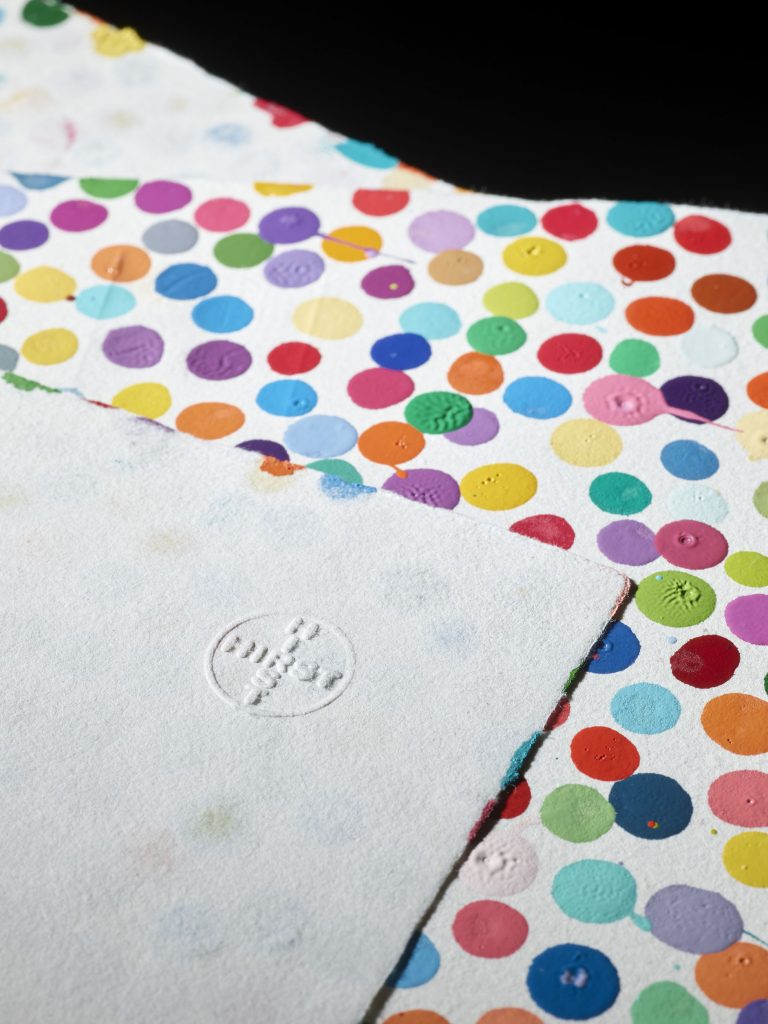
Image of Damien Hirst’s The Currency. Courtesy of the artist.
Bitchcoin, like a backed currency, does not put a time limit on redemption. Hirst asks you to decide between the physical print and the nft’d photograph of the print at the end of a year. Afterwards, you can no longer make the choice. You have one or the other.
Let’s look at that choice. What is truly the difference between the painting and the image of the painting as an NFT? Might one have a more liquid market? Or might you care about the tried-and-tested material of painting, whose exhibition value might endure past the current NFT boom? The project’s title, the urgency-inducing time table, and the showdown format strongly suggests that this is being staged as a kind of Brexit-style referendum on whether or not art investors should exit the world of IRL art objects.
An Alternative
The Bitchcoin NFT is “backed” by a petal, but it is not a picture of the petal. Though Bitchcoin is “convertible” into my art, the choice is not between two ways to circulate value—a physical artwork or an NFT related to it. While Hirst is fractionalizing a dots painting over ten thousand pieces, my project is exploring the fractionalization of myself, my own reputation.
In doing so, I was making myself vulnerable by allowing buyers to speculate on my future reputation, to trade against my success or hold to see what I had in store. I was disintegrating the artist and her works into a community of coin holders, where taking part means owning Bitchcoin. (And believe me: it is much more inconvenient to hold onto the physical artwork “backing” the coin for others indefinitely, as I am doing, than it is to promise to offload and destroy them, as Hirst does).
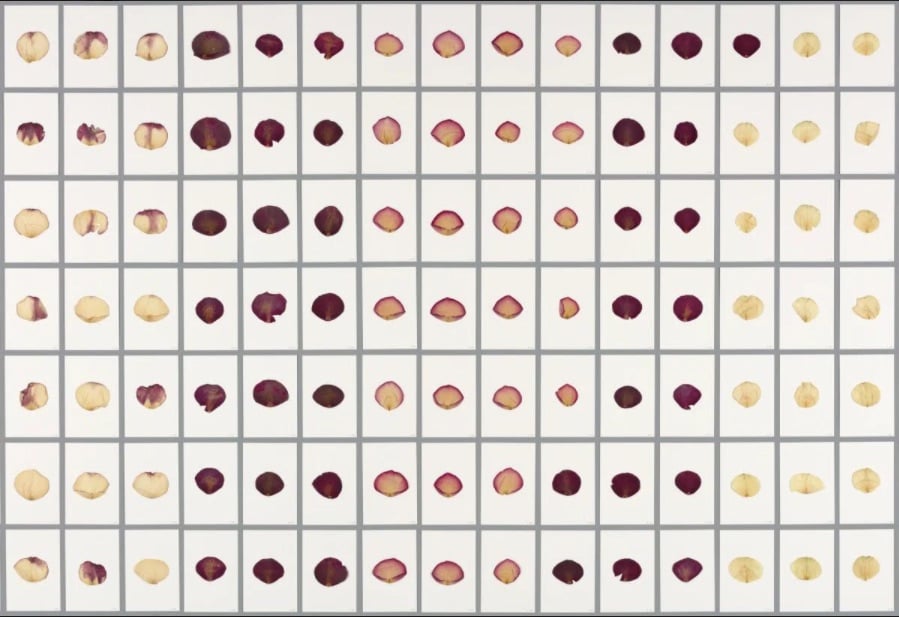
Images from Sarah Meyohas’s “Cloud of Petals” series. Image courtesy Sarah Meyohas.
Buying Bitchcoin is not about buying into a gamified version of speculation. It is about letting people align themselves with my career, my ethos, offering them a stake in the idea that this vision is relevant and will grow in relevance.
This is a new form of art patronage—one that’s fraught but that has real potential that is overlooked when the conversation becomes a famous artist and a joke about the arbitrary kinds of distinctions that fire the minds of online NFT traders.
The truth is that in the process of relaunching Bitchcoin, I have been able to engage with an audience that is actually interested in the conceptual grounding of my art, one that has continually surprised me. The audience feels like they have a stake in the project. This has unlocked a new way of working, one that opens far more possibilities for the average artist than Hirst’s CryptoPunks-inspired cash grab. If The Currency is your impression of the crypto space, I think we’ve missed an exceptional opportunity.
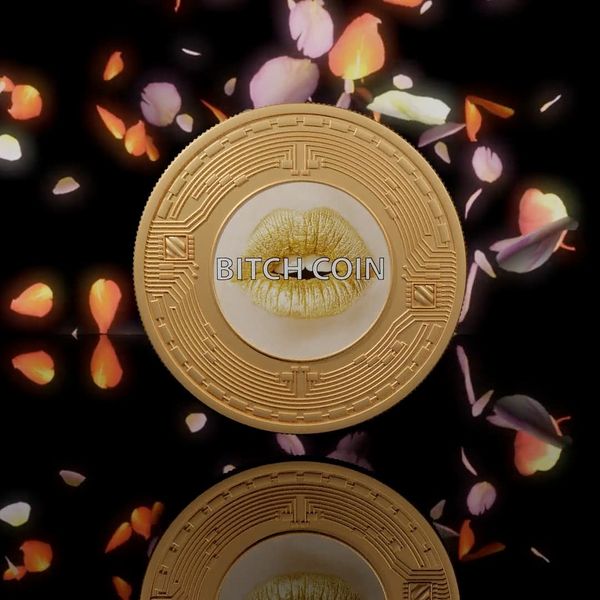
Image of Sarah Meyohas, Bitchcoin (2021). Courtesy the artist.
Could this technology allow me to selectively maintain and relinquish control of my image and creations? In this blockchain present, can I entrust my audience with a malleable form of ownership while envisioning a more dynamic social practice? How can this mechanism return agency to artists? My techno-utopian tendencies may stick out in art’s current moment, but I’ve found conceptual and economic potential in the technology.
In art we can create new and better realities. Only in fine art can the present be capable of such surreal, insane, poetic expansion. Now we can, with this new material, return agency to artists. Let’s not miss this opportunity.
 (0)
(0)
 (0)
(0)
https://news.artnet.com/opinion/sarah-meyohas-damien-hirst-nft-2009150/amp-page
